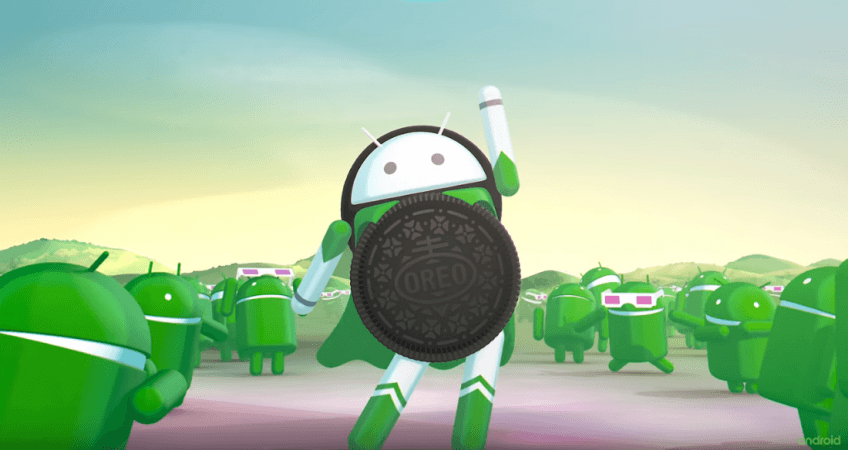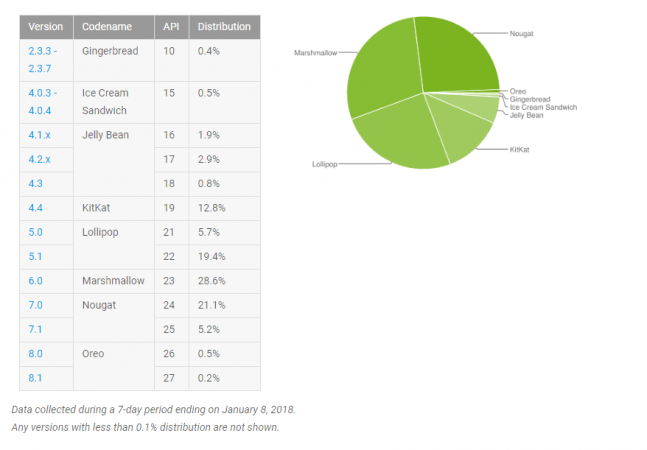Owning a Google-branded smartphone like the Google Pixel 2 or even a two-year-old Google Nexus 5X has its own perks, the biggest of which is you get the latest of Android updates before even some other flagships.
And the fact that Google recently rolled out the January security update for all the Pixels and Nexuses out there says it all.

But what if you do not own a Pixel or a Nexus phone, and are still waiting for the Oreo update to hit your device?
Chances are your phone may never get to taste Oreo, unless it is a Samsung Galaxy S8/S8+ or Note 8 or a OnePlus 5/5T with a promised Oreo update, or a Xiaomi Mi A1 Android One device, which has already started getting the update.
Also read: Xiaomi Mi A1 Android One series gets Oreo update: Here's how to install
Google sure has been very picky in rolling out the update, even after nearly five months since releasing Android 8.0 Oreo to the public. But regardless of what we think, Google has just posted January's distribution numbers for Android versions. This shows us how much of the market each individual version of the OS takes up, so let's go over them.

*Note: The percentage share indicated here is directly proportionate to the percentage of Android phones that run the versions. So if Android Oreo has a market share of 0.7 percent, it simply means that only 0.7 percent of Android smartphones are running Android Oreo currently.
As per Google's numbers, Android Oreo is growing but at a very slow pace. The latest iteration now commands a 0.7 percent share of the Android pie, up from 0.5 percent last month. But at this rate, many months will pass before it even arrives at 10 percent.
A further breakdown reveals that Android 8.0 takes a 0.5 percent share and the latest Oreo 8.1 sits at just 0.2 percent.
Android Nougat, which is almost 13 months old now, grew to 26.3 percent, up from 23.3 percent last month.
The most popular version is still Marshmallow, although it has lost some of its steam and dipped to 28.8 percent down from 29.7 percent last month. The dip in Marshmallow's market share indicates people are either updating their phones to Nougat or upgrading to newer phones. That said, Marshmallow still takes the biggest piece of the pie.
Among the older versions, Lollipop now sits at 25.1 percent, KitKat is at 12.8 percent, and Jelly Bean is at 5.6 percent. Further back, Ice Cream Sandwich + Gingerbread wind up the remaining 0.9 percent.














